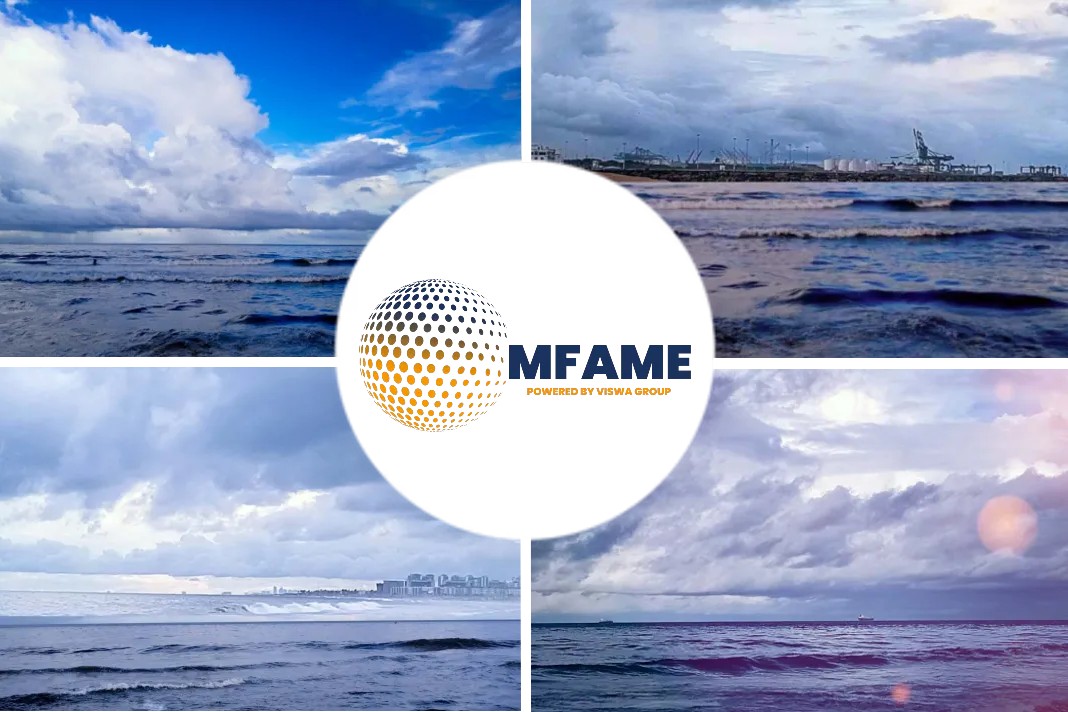 Over a billion tonnes of coal are traded internationally each year, the vast majority of which is shipped by sea without incident. Coal is an important, widely-used source of energy. However, its carriage as a cargo is associated with a number of hazards and it must be carried according to the relevant regulatory requirements.
Over a billion tonnes of coal are traded internationally each year, the vast majority of which is shipped by sea without incident. Coal is an important, widely-used source of energy. However, its carriage as a cargo is associated with a number of hazards and it must be carried according to the relevant regulatory requirements.
Coal regulation
As a potentially hazardous bulk cargo, it is essential that coal is always loaded, carried and discharged in accordance with the requirements of the International Maritime Solid Bulk Cargoes (IMSBC) Code.
Coal is classed as IMSBC Group A and B, which are defined as follows:
Group A- Cargo which may liquefy if shipped at a moisture content in excess of the transportable moisture limit (TML)
Group B- Cargo which possesses chemical hazards.
Main hazards
There are five main hazards associated with coal:
- Flammable atmospheres
- Liquefaction
- Asphyxiation
- Self-heating
- Corrosion
Flammable atmosphere
Coal can emit methane gas which in mixture with air can lead to fire/explosion where a source of ignition is present. Guidance is provided in the IMSBC Code in relation to the monitoring and ventilation procedures to be followed and on the avoidance of creating sparks where methane is being produced.It is vitally important that vessels have on board gas detectors suitable for use in oxygen-depleted atmospheres.
Liquefaction
A cargo which contains a certain proportion of small particles (particles less than 7mm) and a certain amount of moisture may liquefy, that is, reach a flow state under the influence of external forces such as vibration, impaction or ship’s motions.
Prior to loading, the master should sight the cargo and ensure that the cargo presented matches the description on the shipper’s declaration. The master can then perform a ‘can test’ of the fine particles to check for the possibility of liquefaction. The master must be satisfied that the cargo is safe to load and this can only be done by physically inspecting the cargo.
The crew must continue to monitor the cargo during loading operations. Watch out for muddy splattering in the cargo holds as this could be another indication that the cargo has a combination of fine particles and high moisture content.
Asphyxiation
It is extremely dangerous to enter cargo holds or adjacent spaces when carrying coal. The atmosphere may be dangerous. Coal can produce methane, carbon dioxide and carbon monoxide, all of which may lead to a depletion of oxygen in the hold and result in asphyxiation. Persons should not enter holds or adjacent spaces unless absolutely necessary and not until they have been properly ventilated and the atmosphere tested.
Self-heating
There may be many different types and grades of coal cargo, some of which may be more liable to self-heating than others. An indicator of self-heating is the level of carbon monoxide produced in the hold. The IMSBC Code contains advice on the monitoring of the carbon monoxide levels and the action to be taken by the master is self-heating is suspected.
Corrosion
Coal can react with water to produce corrosive acids. As well as the risk of corroding the vessel’s steelwork, this process has potential to produce hydrogen gas. Any accumulation of water in the holds needs to be monitored and any build up pumped away using the bilge system.
Conclusion
Three Key Points – Think SMS!
- Stop unsuitable cargo coming aboard. Cargo above 55 degree centigrade should not be shipped.
- Monitor the cargo loaded for signs of self-heating or methane production throughout the voyage.
- Seek expert advice if carbon monoxide or methane levels are giving cause for concern.
Did you subscribe to our daily newsletter
It’s Free! Click here to subscribe!
Source: nepia.com















